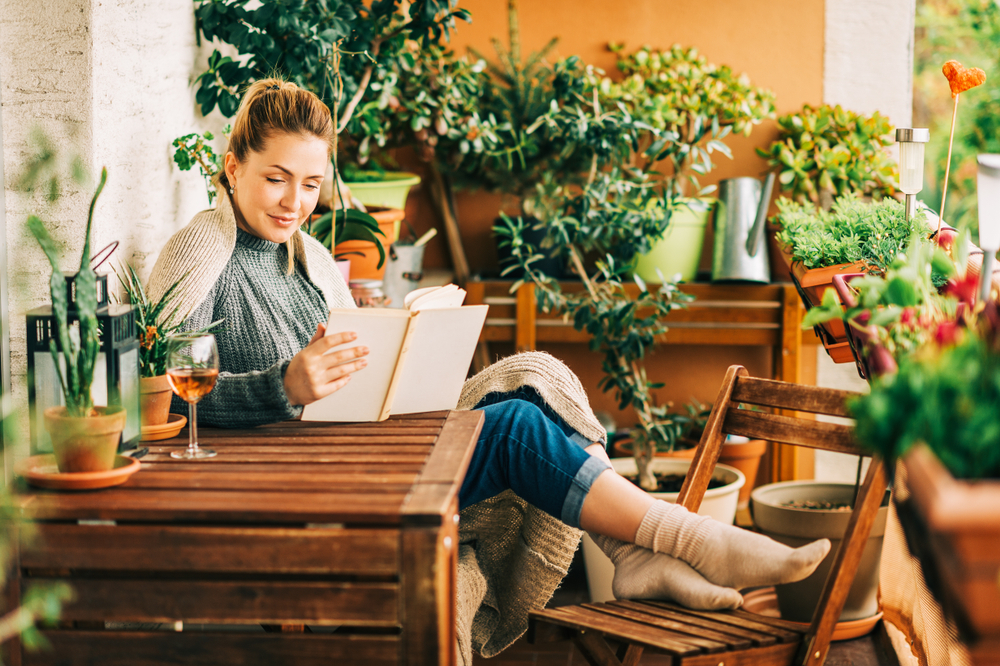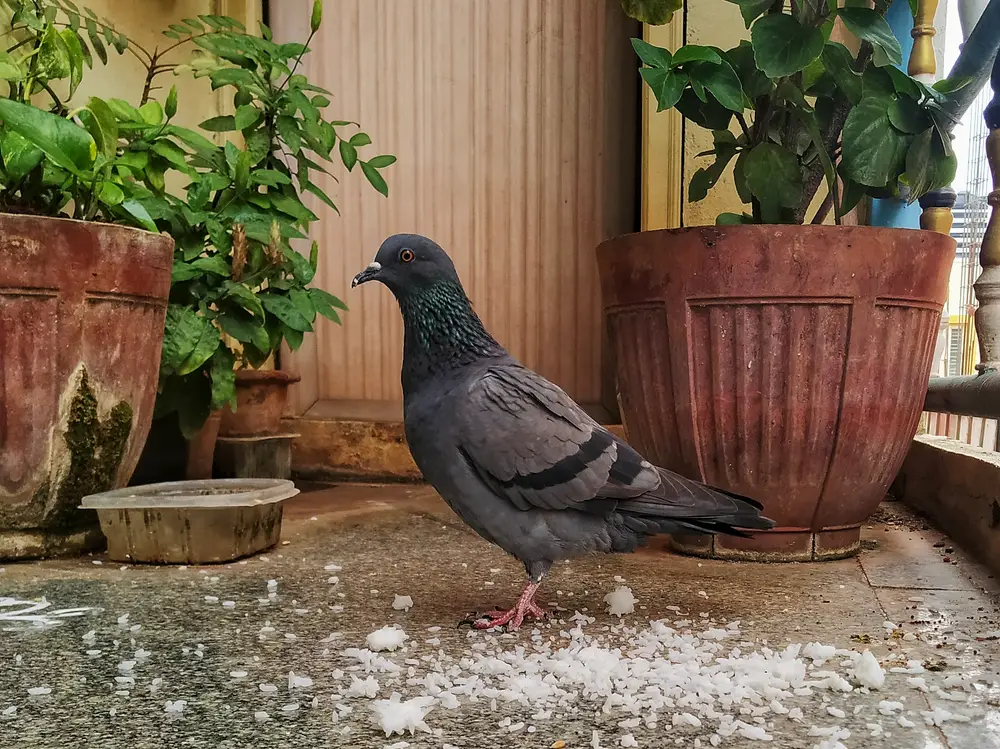Even in a limited space like a balcony or small garden, you can create a welcoming haven for local wildlife. Small outdoor areas provide vital resources for birds, butterflies, and insects looking for food, shelter, and rest stops. With a few thoughtful additions, you can transform your compact space into a mini sanctuary that contributes to local biodiversity and brings nature closer to home.

The key to a wildlife-friendly small space is incorporating native plants. Select flowers, herbs, and small shrubs that are native to your region, as they’re more likely to attract local pollinators and birds. Native plants also tend to be hardier and require less maintenance, which is ideal for balconies and smaller spaces. Look for compact varieties of wildflowers or even dwarf trees that fit well in pots, creating a layered effect that attracts various species.
Providing a water source is essential, even if it’s as simple as a shallow dish with fresh water. Small birds and pollinators, such as bees and butterflies, will stop for a drink, especially during warm weather. Position the water in a shaded area if possible to keep it fresh, and consider adding a few pebbles to give insects a safe place to land. If you can manage a small bubbler, it adds gentle movement to the water, attracting even more wildlife.

A wildlife-friendly space benefits from natural shelter and hiding spots. On a balcony, potted shrubs and climbers like ivy or jasmine provide cover for small birds and insects. You can add bamboo sticks or a small trellis for climbing plants, creating vertical space that makes the most of your limited area. Allowing some leaf litter in pots or adding small twigs and stones creates nooks for insects to shelter, making your space feel like a tiny ecosystem in the city.
Creating a welcoming wildlife space in a small garden or balcony also means paying attention to the types of food sources available. Small feeders with seeds or nectar can attract various birds, while flowers like coneflowers and lavender are perfect for bees and butterflies. Incorporating a mix of blooms that flower at different times of the year ensures there’s always something in season, which helps support wildlife throughout the year.
If you’re able to, consider adding a few small nesting boxes for birds or even “bee hotels” designed specifically for solitary bees. These structures offer safe places for wildlife to rest, nest, and raise their young, giving you the chance to observe more animal behavior right in your backyard. Ensure nesting sites are placed away from high-traffic areas to create a sense of security for your visiting wildlife.
Finally, think about lighting in your space. Bright outdoor lights can deter nocturnal wildlife, so try to minimize light pollution by using solar lights or low-intensity, motion-activated options. This makes your balcony or garden more appealing to creatures like moths, which are crucial nighttime pollinators. Simple changes like these help foster a balance between your enjoyment and the needs of local wildlife, creating a peaceful retreat for both.
